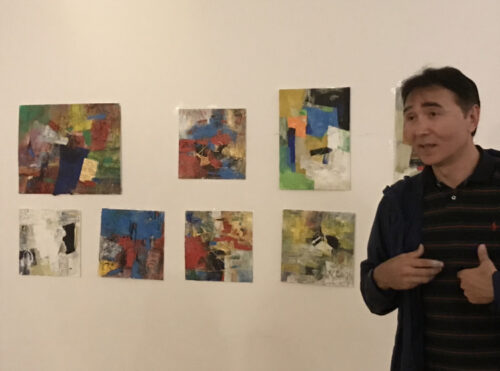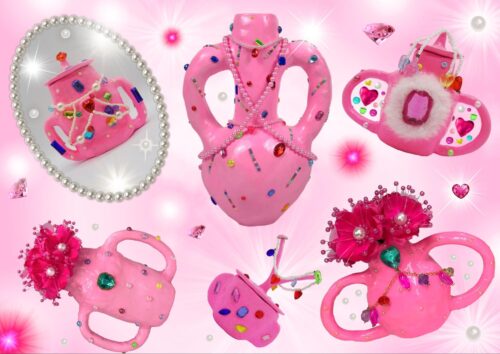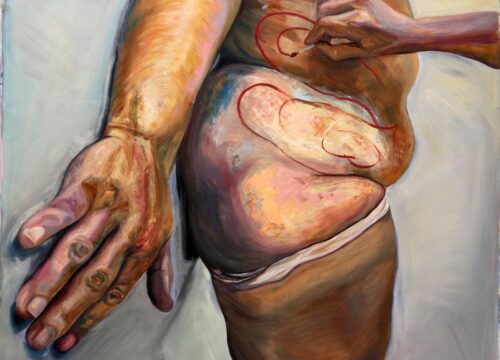Shanghai art museum slammed for showing video ranking thousands of women by attractiveness
In the year 2021, a contemporary art museum in Shanghai decided that, for some inexplicable reason, it was appropriate to provide a platform for an artwork that ranked thousands of real-life young women by appearance. Predictably, the backlash was fierce.
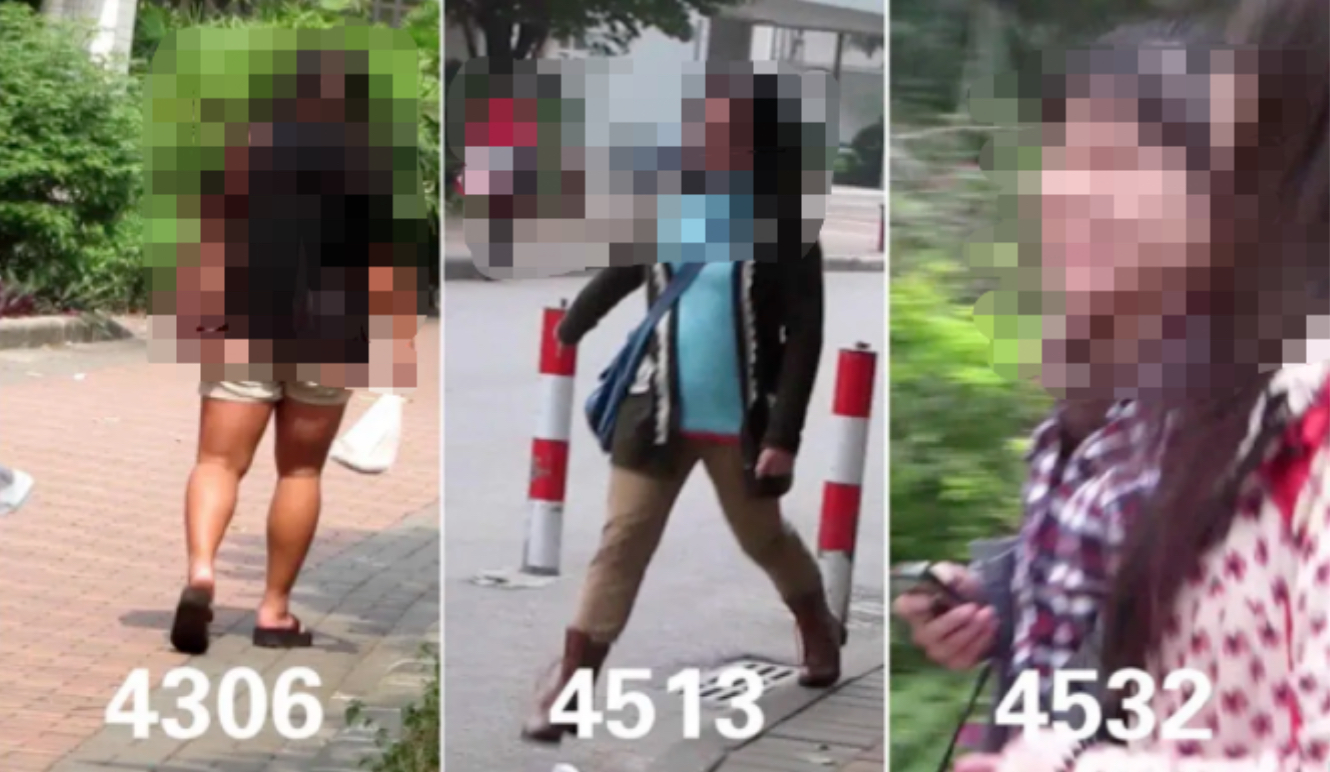
In the year 2021, a contemporary art museum in Shanghai decided that, for some inexplicable reason, it was appropriate to provide a platform for an artwork that ranked thousands of real-life young women by appearance. Predictably, a huge uproar erupted on Chinese social media, forcing the institution to grow a conscience and remove the controversial work from an exhibition.
“After receiving criticism from everyone, we immediately reexamined the content of the work and the artist’s explanation. We found that the concept of the work and its English title were disrespectful and offensive to women,” Shanghai OCT Contemporary Art Terminal (OCAT Shanghai) said in a statement (in Chinese) released on June 18. “Please accept our sincere apologies for any frustration, discomfort, or harm this may have caused to our visitors.”
The museum also announced that it had closed the exhibition so that it could take some time to “reflect on” its mistakes and rethink its approach to art.
China news, weekly.
Sign up for The China Project’s weekly newsletter, our free roundup of the most important China stories.
The work in question was created by Sòng Tà 宋拓, a 33-year-old Chinese artist who also dabbles in fashion design and exhibition curation, according to his introduction on OCAT Shanghai’s website. Titled “Uglier and Uglier” in English and “Campus Flowers” (校花) in Chinese, the artwork, completed in 2013, features a roughly seven-hour-long video displaying a collection of photos and footage of over 5,000 anonymous young women, who were secretly filmed by Song while on college campuses and given numerical ranks based on his judgment of their attractiveness.
Song is no stranger to controversy. Back in 2013, the project caused quite a stir when it appeared in an exhibition at the Beijing-based UCCA Center for Contemporary Art. In her review (in Chinese) of the exhibition for the Chinese edition of the New York Times, Táng Zéhuì唐泽慧, a Chinese curator and art critic, described Song’s work as “deeply problematic” and chastised it for “objectifying and exploiting” women without their acknowledgement.
“In this game, the artist is in a position of power and his camera is his weapon. The people who got photographed have no opportunities to resist,” Tang wrote, adding that despite the work having room for different interpretations, showing the video suggested “a lack of consideration” on the museum’s part.
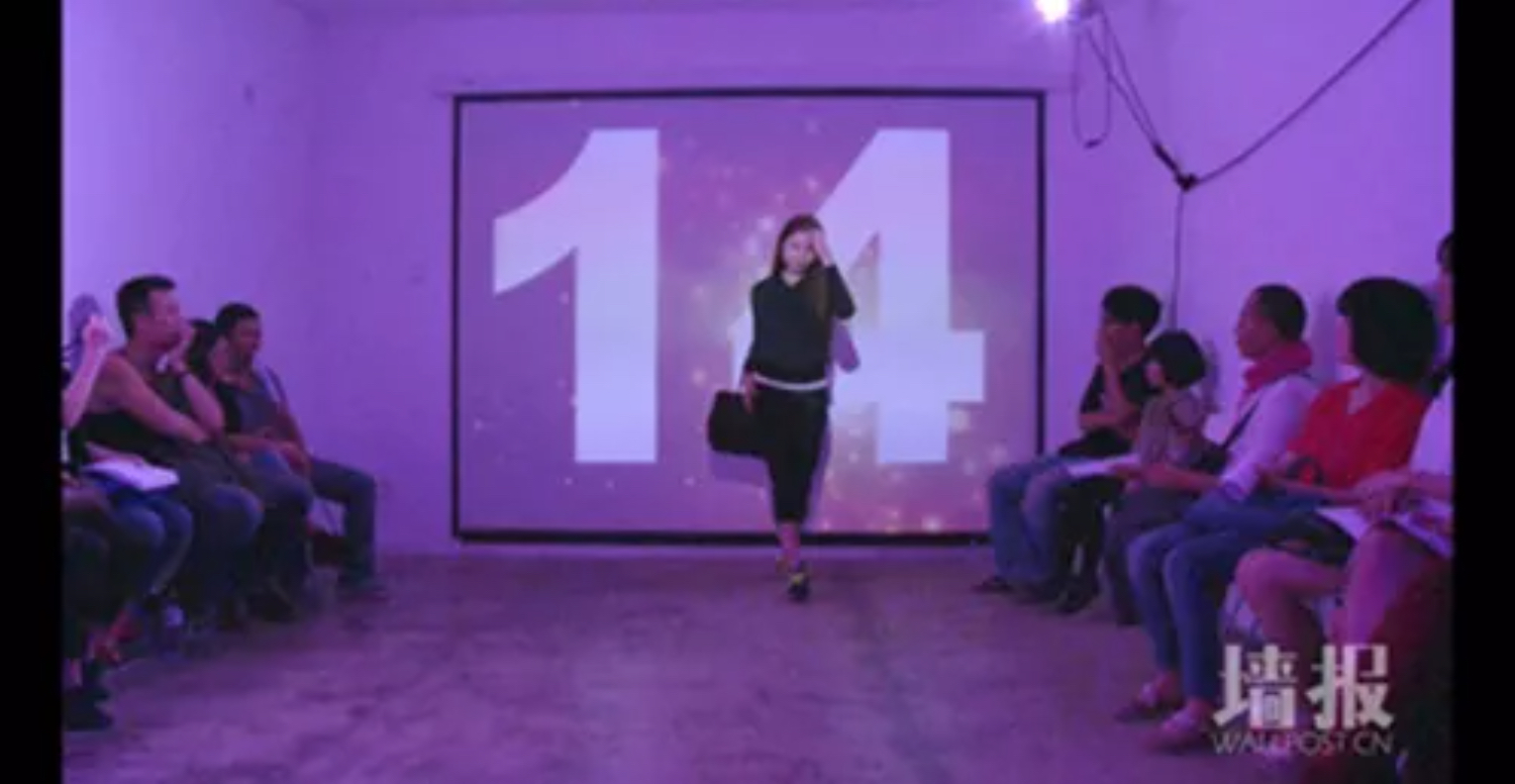
But the negative feedback didn’t deter Song from defending the video and creating things in the same vein. For an exhibition in Wuhan in September 2013, Song produced another project called “One Worse Than the Other” (一个不如一个), where he selected 44 women volunteers and asked them to walk down a runway in an order decided by him — from the most attractive to the least attractive. The project was highly praised by the exhibition’s organizer, who told a local newspaper that it was supposed to “showcase inequality” by “completely abandoning the fake facade of politeness” and exposing a hard-to-swallow truth, which is that “people love judging others by their appearance.”
In an interview (in Chinese) with Vice magazine’s now-defunct Chinese edition in 2019, Song further elaborated on the thought process behind his works. “I don’t see a problem objectifying women because people objectify others all the time, regardless of gender. The thing is you have to judge others fairly,” he told a reporter, adding that ranking thousands of women for “Uglier and Uglier” was a “complicated and time-consuming” process, as he had to hire three assistants to break down the women into specific categories, such as “forgivably ugly” and “unforgivably ugly.”
Song even called himself a “feminist,” saying that he was all for “women attaining power.” When asked what he had done to advance women’s rights, the artist said he was willing to “sit on the sidelines” and “make compromises” when necessary. “There’s not much understanding among people. I can never understand issues concerning women as a man. I think people should fight for their own rights,” he remarked.
Obviously, in light of the OCAT Shanghai affair, none of these sat well with a lot of Chinese internet users. On Weibo, the hashtag “Song Ta Campus Flowers” #宋拓 校花# has garnered nearly 100 million views, with many of the comments calling the work an “outrageous violation of people’s privacy” and a “disgusting display of Song’s misogyny.” “I hope that every woman featured in his video will sue him and make him spend the rest of his life in prison,” a Weibo user wrote (in Chinese), while another person commented (in Chinese), “He really needs to take a long, hard look at himself in the mirror. Who gives him the right to judge other people’s appearances?”



